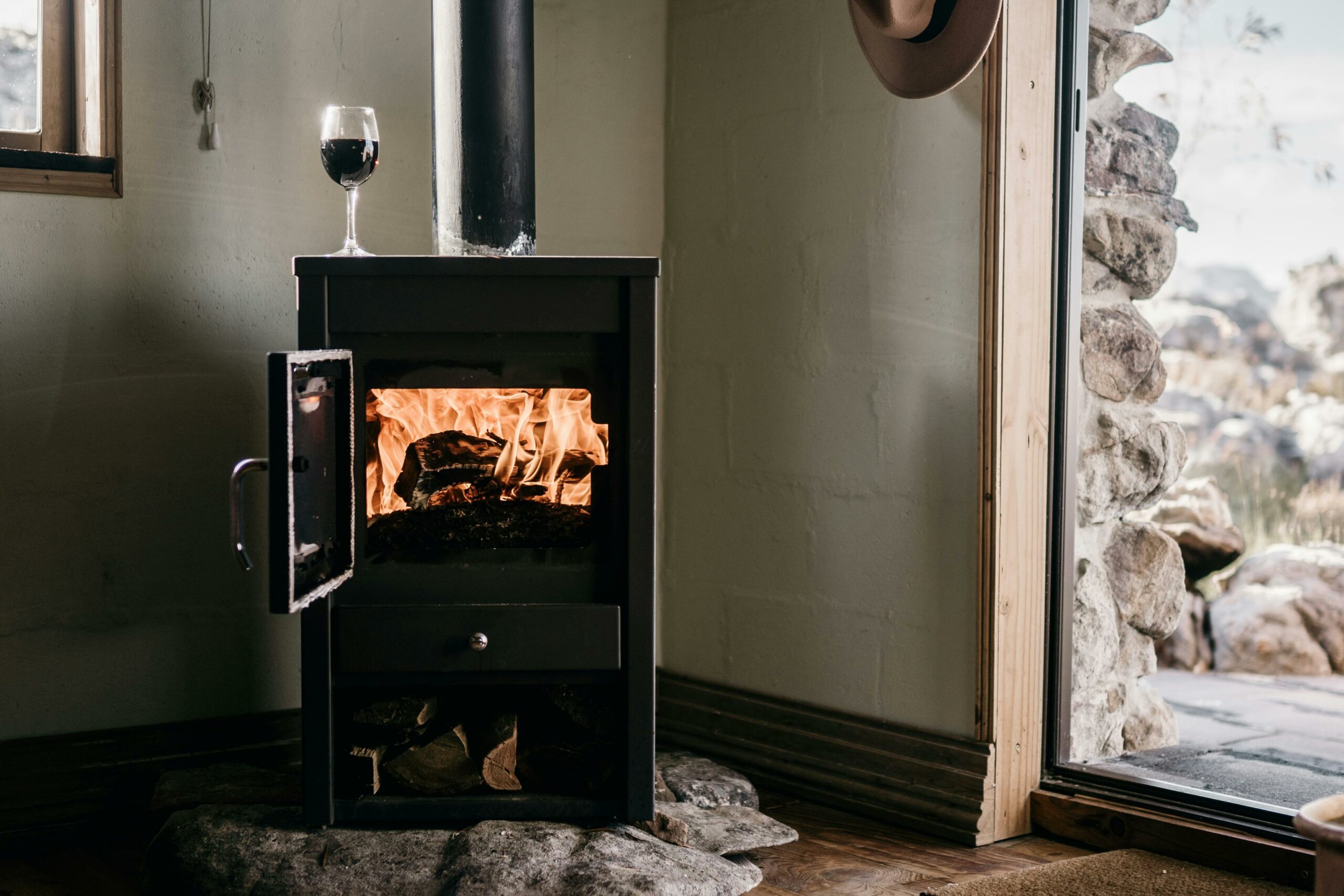There is something special about holding the world in your hands. This feeling was once reserved only for the wealthy and educated members of society. Today, everyone can enjoy the beauty of a globe.
World globes, also known as terrestrial gloves, are attractive even to non-collectors, because they add interest and style to any room. Some prefer the muted colours of antique and vintage globes, but modern globes with vivid colours can also look great. Here are two examples:
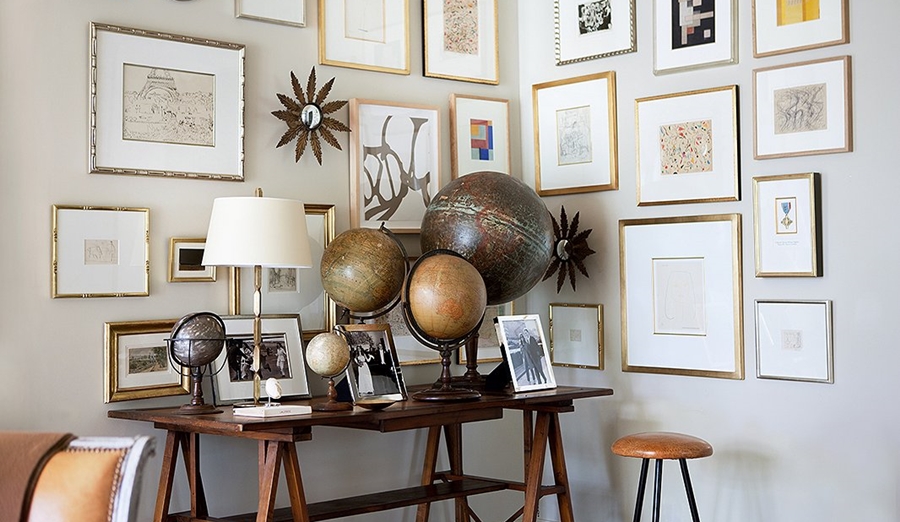
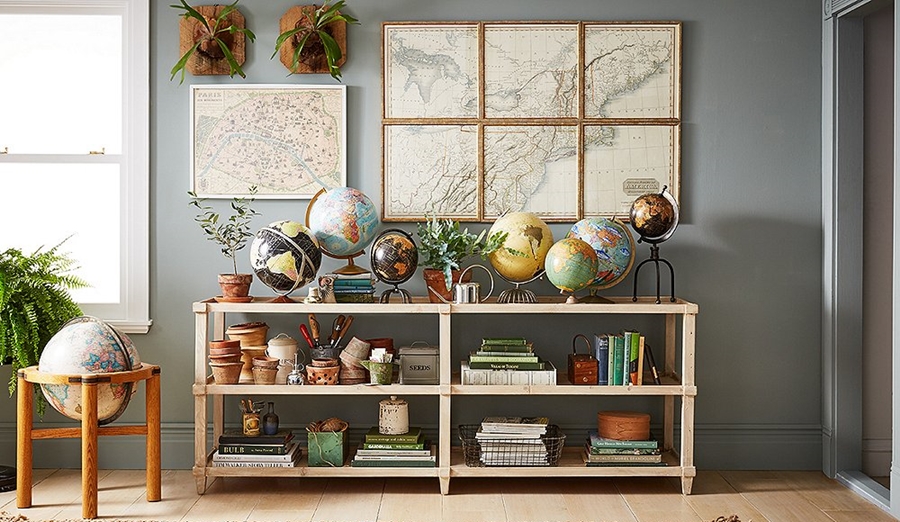
Once you incorporate a world globe (or two, or three, or more) into your interior, you may get irrevocably hooked into collecting them. Good on you, for this is a worthy hobby! Besides being beautiful, world globes are relatively inexpensive and easy to find, so it is not difficult to amass a collection. The proof is in the lovely samples of world globes available on bidorbuy. Just look at this selection of current listings:

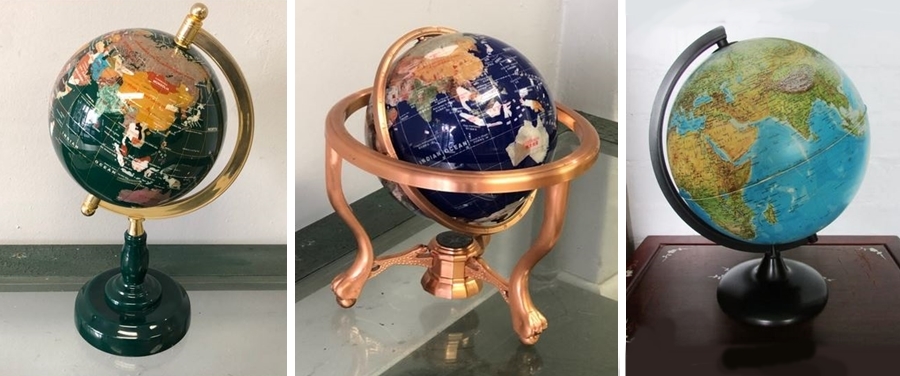
As a collector-in-waiting, you will want to know more about your subject matter.
The history of globes
Globes are among the most ancient scientific instruments. The first known globe, a revolving sphere, was created by the Greek philosopher Crates of Mallus. The globe itself disappeared long ago and we know about it thanks to written descriptions of contemporaries.
With the fall of the Roman Empire around 400 AD, the knowledge of the round world got lost in Europe. People believed the world was a flat disc well into the 13th century. Only then did the manufacture of world globes experience a revival.
The oldest surviving globe was constructed in 1492 by a team of artisans and craftsmen under the direction of the German cartographer Martin Behaim. Behaim’s globe illustrates the extent of Europe’s knowledge at the time. It notably omits the American continent, which was discovered only in 1494.
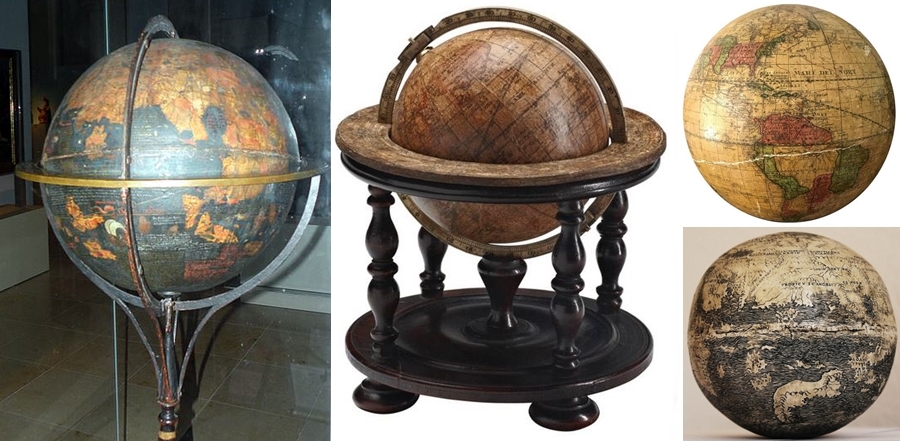
In the 18th and early 19th century Europe, pocket globes were all the rage among the well-off gentlemen. Too small to be a viable navigational or educational instrument, they were regarded as a status symbol.
Types of globes
Most world globes are made to rotate around a rod that serves as the Earth’s axis. They can have a smooth surface with colour-coded physical features to indicate land masses and water bodies, or raised relief to represent mountains. Political boundaries, prominent cities and the network of latitude and longitude lines are usually included.
Floor globes come with a tall stand that allows them to be displayed in a freestanding manner. Desktop globes are smaller and have a shorter stand. There are also hanging globes, meant to be suspended from a ceiling.
Globes can be made out of a variety of materials including glass, marble, wood and metal. Modern globes are usually hollow and are made out of cardboard, plastic, or metal. Crystal and semi-precious stones are sometimes used in the manufacture of decorative globes, while affordable inflatable globes are useful both as tools and toys.

You should also know that the term antique ocean globe does not refer to the age of a globe, but to its overall brownish colour (including the oceans). These modern antique ocean globes are given an antiquated look for decorative purposes and have the same amount of geographical detail as blue ocean globes.
Modern reproduction globes faithfully replicate antique globes, usually those manufactured between the 16th and the 19th century. They are not useful in demonstrating current geography, but constitute a great historical reference tool.
The value of antique and vintage globes
Age is probably the single most important factor in determining the value of a globe. Most antique globes you find today date from the 18th century, but collectors also value good samples manufactured from about 1930 to about 1960.
You will need an expert to help you date your antique or vintage globe. However, you can determine its approximate age looking closely at it. If it shows Alaska as Russian territory, it was manufactured before 1867; if it features Persia, it was made before 1935, when the country changed name to Iran. Of course, this exercise applies only if your globe is an authentic antique or vintage artefact, and not a replica.
The decorative appeal of a globe and its condition are also very important when determining the value of an antique or vintage globe.
Why should you collect globes?
People collect antique or vintage terrestrial globes for different reasons. Some like to see how political boundaries have changed over time. Others collect world globes because they are beautiful to look at.

It is perfectly acceptable to collect replicas of antique and vintage world globes, as long as you know what you are acquiring. Your interest need not end with the old world. World globes manufactured in modern times, with their variety of styles and materials and their decorative appeal, also make a viable subject for collections. Some of the modern globes are painstakingly hand-made.
Whether you want one for educational, decorative or collecting purposes, enjoy exploring bidorbuy for your next world globe!



